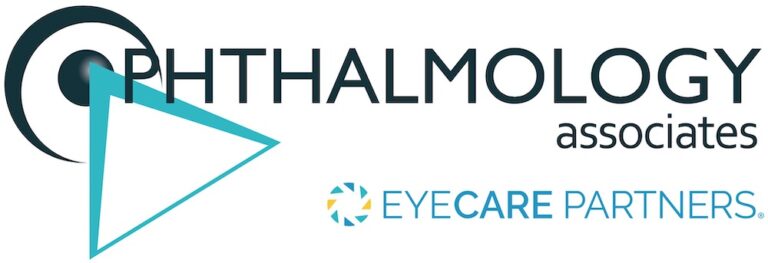
The most effective lens to use depends on the patient’s individual preferences and goals for their vision. Some lenses eliminate the need for glasses or contacts after cataract surgery, providing most patients with convenient, effective results for their specific vision conditions.

Multifocal IOLs allow for vision correction at near, intermediate and far distances, eliminating the need for eyeglasses or contact lenses for most patients. This means that many patients can read the text on items such as prescription bottles, magazines, newspapers and computer screens, while also providing the ability to see items at a distance free from glasses or bifocals.
These choices were not always available for cataract patients. In the past, cataract surgery only involved monofocal lenses, which could only focus on objects near or far, but not accommodate varying distances. Patients receiving a monofocal lens still had to rely on glasses or contact lenses after surgery to see clearly at all distances.
Multifocal IOLs have a slightly greater tendency to cause night vision complaints than other IOLs, so those who drive a great deal at night should discuss this with their eye doctor. The vast majority of patients with these IOLs, however, are not bothered by night vision complaints. Additionally, multifocal lenses usually need to be implanted in both eyes before full adaptation can occur.

In traditional cataract surgery, the surgeon implants a monofocal artificial lens, commonly called an intraocular lens (IOL). If you have astigmatism however, you may still experience blurred and distorted vision because a standard IOL cannot correct corneal astigmatism. A Toric IOL corrects for both conditions (cataracts and astigmatism) simultaneously.
The Toric IOL is a foldable, single piece lens that is implanted during cataract surgery to replace the clouded lens. The unique design of the Toric IOL makes it possible to reduce or eliminate corneal astigmatism and significantly improve uncorrected distance vision. A Toric lens provides quality distance vision, independent of eyeglasses and contact lenses. Reading and computer glasses are still required with this lens. With standard cataract surgery, using a monofocal lens, bifocal glasses would be needed.
Limbal relaxing incisions (LRIs) treat low to moderate degrees of astigmatism. As the name suggests, our cornea surgeon makes small relaxing incisions in the limbus, which allows the cornea to become more rounded when it heals. LRIs are placed at the very edge of the cornea (in the limbus) on the steepest meridians.
These incisions are usually made at the time of cataract surgery to reduce or eliminate the astigmatism and thus increase the chances for better vision without eyeglasses. A near prescription will usually still be necessary to read and do close work. Our doctors will discuss the options that make the best sense for you. Some patients that need a limbal relaxing incision after cataract surgery may have this procedure done in the office!